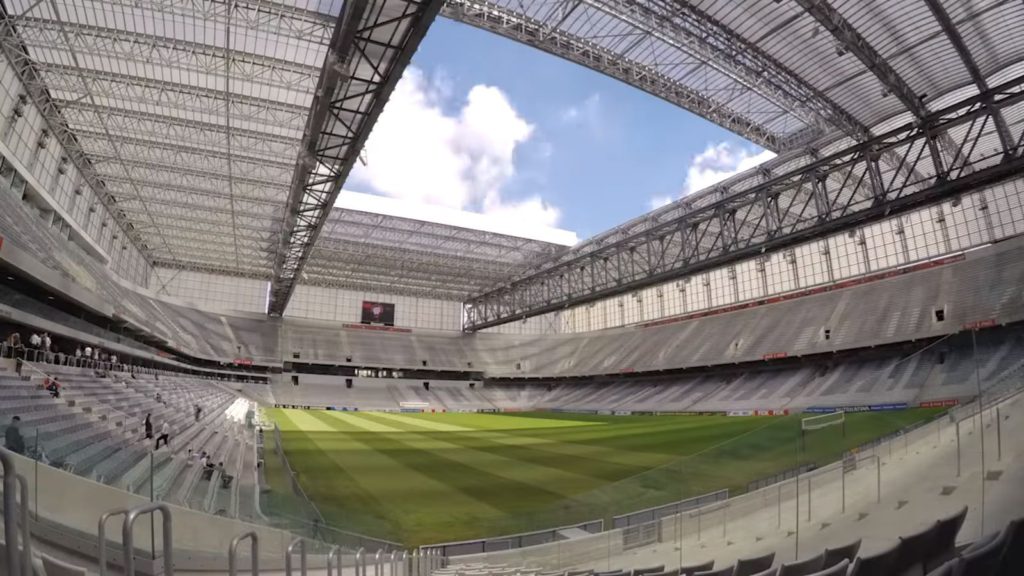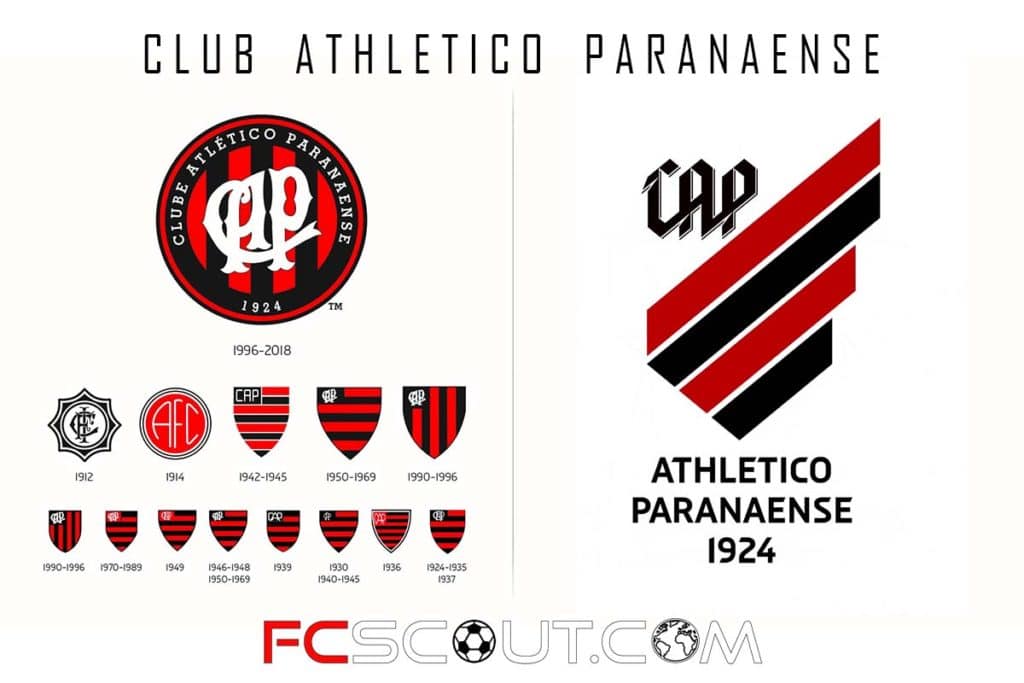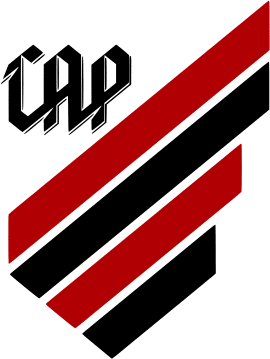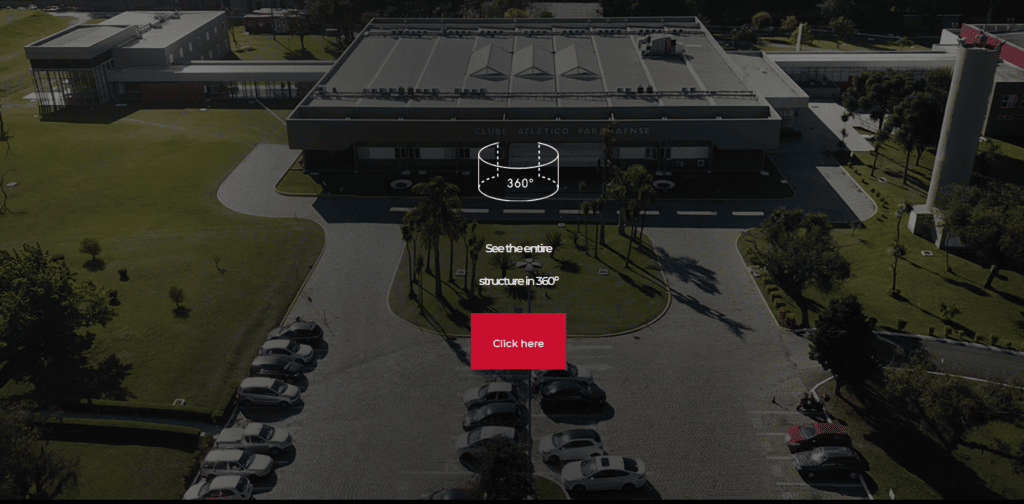Club Athletico Paranaense Tryouts
Club Athletico Paranaense, commonly known as Athletico, is a Brazilian football team from the city of Curitiba, capital city of the Brazilian state of Paraná, Brazil. The club competes in the Campeonato Brasileiro Série A, the top flight of Brazilian football.
Paranaense Youth Development System
Paranaense Furacão Football Schools
The Furacão Schools are spread all over Brazil and also abroad. Outside the country of Brazil, there are several other units, in India, Kenya, Mozambique, Venezuela and Peru.
The official football school of Rubro-Negro aims, in addition to learning football and sports, to develop activities that prepare students to become true citizens, better and happier people, regardless of becoming athletes in the future.
The goal is to contribute to an integral training of the human being, developing behavioral, social, emotional and family values through football.
For a complete list of schools, please click here or on the map above.
Administrative and Technical Center Alfredo Gottardi
The Alfredo Gottardi Administrative and Technical Center, of Club Athletico Paranaense, has infrastructure worthy of the best praises regarding the training of athletes, sports medicine and training of professionals in the football segment. It is endorsed as an example for clubs in the country and abroad.
World reference
With a total area of 220,000 m², CAT do Caju has the structure to receive all Training Categories and professional teams. The athletican complex has eight courses (including a mini stadium), a goalkeeper field, specific areas for the development of motor skills, a covered gym, two hotels, two restaurants and a laundry. The space also includes two thermal pools and a large gym.
EXPLORE MORE CLUBS!
Explore more professional clubs by continent.
Stadium
Curitiba, the city that serves as the capital of the state of Paraná in Brazil, is home to a stadium that has the name Estádio Joaquim Américo Guimares but is more often referred to as Arena da Baixada. With a total capacity of 42,372 spectators, this venue serves as the home turf for Club Athletico Paranaense.
The stadium was the first in Brazil to sell the name rights to its venue, and between the years 2005 to April 1, 2008, it was known as the Kyocera Arena. It was the first stadium in South America to be constructed with a retractable roof.

Due to the fact that Curitiba was chosen to be one of the host cities for the 2014 FIFA World Cup, the stadium was reconstructed between the years of 2012 and 2014. After the expansion, it now has a capacity of 42,372 seats.
The stadium’s history dates back to the early part of the twentieth century. In 1914, Joaquim Américo Guimares, president of the International (the forefathers of Club Athletico Paranaense), oversaw the construction of what was then known as the Arena da Baixada stadium. Today, the stadium can be found in the borough of agua Verde, which is close to the city center. Ten years later, when Athletico finally came into existence, they took over all of the assets, including the stadium.
Crest
In December 2018, the management of Athletico decided to update the club’s crest to include four diagonal stripes that alternated between red and black. The stripes got smaller from top to bottom, giving the impression of a storm and playing off of the club’s namesake. Some people believe that the club changed its name from ‘Clube Atlético Paranaense’ to its original name in the Portuguese orthography when it was founded, ‘Club Athletico Paranaense,’ in order to further differentiate themselves from Atlético Mineiro, which is another prominent Brazilian club. The club also changed its name from ‘Clube Atlético Paranaense’ to its original name in the Portuguese orthography when it was founded.

The club also altered its uniforms, with the home shirt becoming predominantly red, with a black collar, and the four diagonal stripes from the crest being enlarged and going across both the front and back of the lower third of the shirt in black. This was a change from the previous home kit, which had been worn for the previous twenty-two years and consisted of a red and black vertically-striped shirt, black shorts, and black socks. Both the shorts and the socks are dark in color.
The away shirt for this kit was white with a black collar, and it was issued alongside the uniform. Instead of the four diagonal stripes seen on the home jersey, there were eight thin diagonal lines in the place of the outline of the bigger ones seen on the away shirt; these lines, too, were black. Both the shorts and the socks had white in color.










